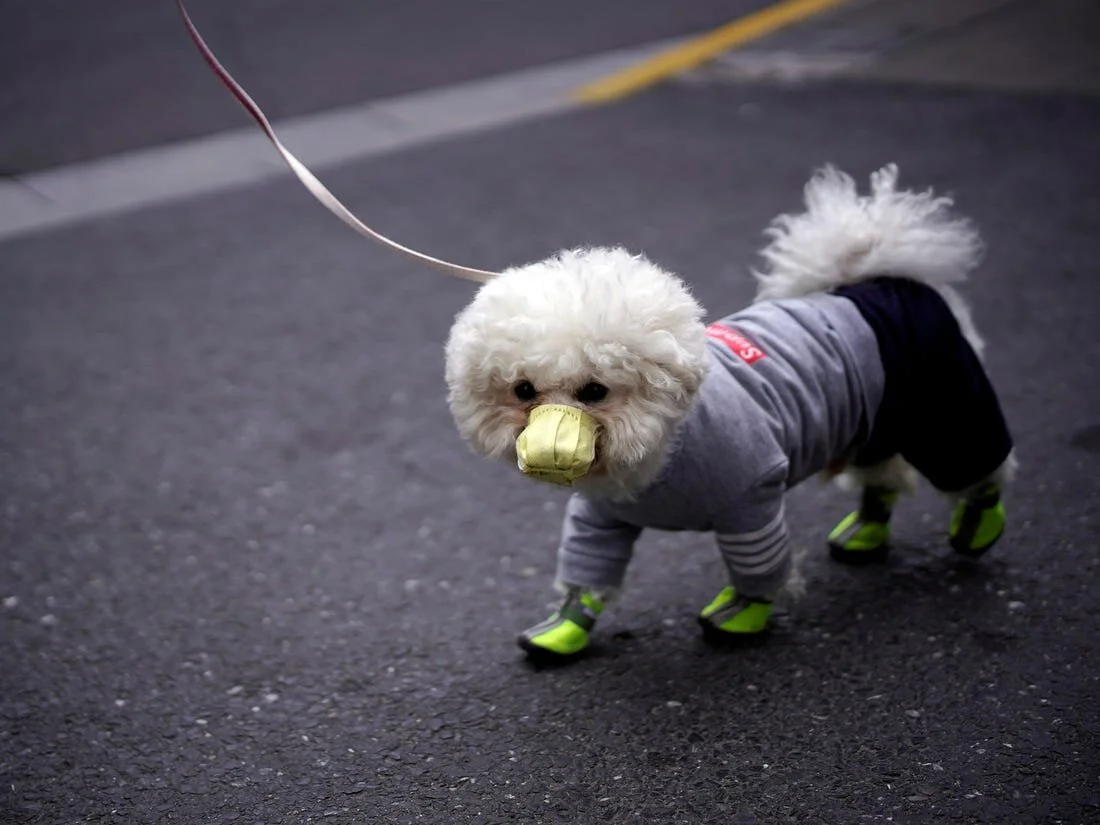By now, you’ve been living under a rock if you haven’t heard about the legendary expedition of Balto. Even if you did live under a rock, odds are Patrick mentioned it at some point. But behind all of Balto’s mythology lies the story of a dog who’s heroism often goes unsung. This is the tale of Togo, recognized by Time Magazine as, ‘The most heroic animal of all time’.
The Outbreak
In 1925, a lethal outbreak of Diphtheria left the small community of Nome, Alaska in grave danger. Caused by the bacterium Corynebacterium diphtheria, the deadly disease covers the back of the throat. This makes breathing extremely difficult and puts you at risk for heart failure, paralysis, or worse. As of 1921, the United States reported 206,000 cases of the disease, with 15,520 cases proving fatal. In order to save the people of Nome, a serum would have to be retrieved immediately.
The Elements
Unfortunately, it happened to be the coldest recorded winter in Alaskan history. The elements were so treacherous that it rendered airplane travel impossible. It was cold enough to freeze the harbor itself, nulling the possibility of a serum being delivered by ship. This meant teams of sled dogs were the only option. Anchorage was the closest city with the necessary serum, but the only method of delivery was via train. Their only chance was to intercept the train when it stopped in Nenana, a whopping 674 frozen miles away.
The Journey
Balto and his musher, Gunner Kassen deserve their praise for finishing the last leg of the journey in a blinding blizzard. But the efforts of Togo and musher Leonard Seppala often go overlooked. Being the most experienced musher of the crew, Seppala volunteered to take the toughest stretch of the journey. Togo was 12 years old at the time and Seppala was 47. Despite their age, they took on the full wrath of mother nature.
Togo led Seppala’s pack to cover 170 miles in three days in the face of the most difficult conditions imaginable. While crossing the perilous Norton Sound, Seppala’s pack became stranded on a floe of ice. Seppala quickly tied a lead to Togo up front and began tossing the dogs over several feet of water to get them across. The weight of the floe and the sled caused the line to snap, yet Togo remarkably got the line out of the water and began pulling over his shoulders to get his fellow dogs to safety.
Togo and Balto were teammates with one common goal, bringing a serum back to Nome as quickly as possible. While Balto and Kassen got most of the credit, the heroism of Togo and Seppala is awe-inspiring. In the years following the run, Seppala and his pack made appearances all across the United States. The crew’s last documented race was against a team of locals in New England, where Seppala’s crew prevailed victoriously.
Seppala and New England Musher, Elizabeth Recker, opened a kennel of Siberian Huskies in Poland Spring, Maine. Togo lived out the rest of his days there in joy and tranquility before passing away at the age of 16. Seppala passed away in 1967 at age 89. In his legacy, the Leonhard Seppala Humanitarian Award is administered each year to the Iditarod musher who takes the best care of their dogs. As for Togo’s legacy, Disney + released a film in 2019, chronicling the bravery of Togo and Seppala’s adventure. The film even stars Togo’s bloodline descendant, a Siberian Husky named ‘Diesel’ as the brave pack leader.
LISTEN TO OUR PODCAST ABOUT TOGO!























